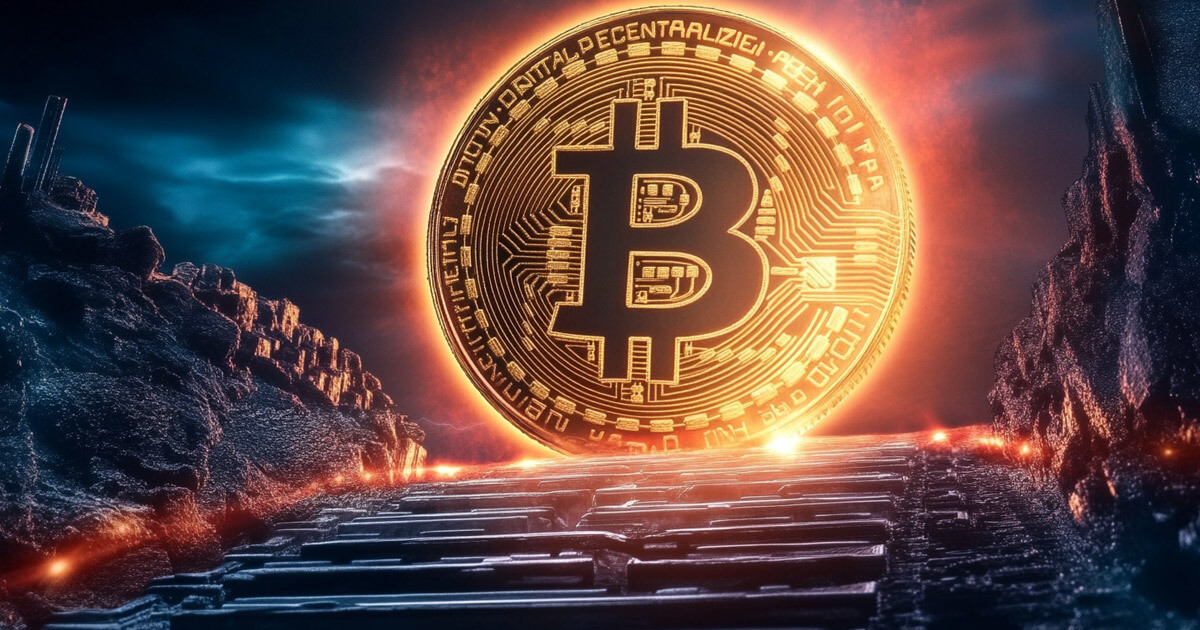
2024-11-11 15:30 |
Bitcoin’s governance structure and consensus mechanisms accentuate the complexity of implementing protocol changes on a network deliberately resistant to alteration.
Bitcoin’s consensus model intentionally favors stability, with upgrades proceeding through a high-threshold process involving diverse stakeholders—miners, economic nodes, investors, developers, and media influencers—each bringing distinct motivations and pressures to the table.
Steve Lee, Lead at Spiral—a subsidiary of Block (formerly Square) —has authored a comprehensive analysis of the intricacies of Bitcoin’s consensus mechanisms and the complexities inherent in protocol upgrades.
Drawing from his extensive experience in product management and open-source development, Lee delves into the multifaceted roles of stakeholders, the potential risks associated with both soft and hard forks, and the critical importance of maintaining network stability amidst evolving technological advancements. His insights offer a nuanced perspective on the challenges and considerations essential for evaluating future modifications to the Bitcoin protocol.
BitMex Research called Lee’s paper “fantastic” for succinctly detailing the evolving history of the BlockSize wars, a pivotal moment for Bitcoin’s consensus.
Bitcoin segwit activation heatmap (Source: Steve Lee)Stakeholders in Bitcoin upgrade motivations evolve over time, reflecting practical and ideological concerns surrounding Bitcoin’s long-term stability. Understanding these forces is critical for evaluating potential future protocol changes.
Bitcoin stakeholder power over time (Source: Steve Lee) Stakeholders in Bitcoin consensus upgradesThe research outlines Bitcoin’s consensus model and categorizes stakeholders according to their influence, timing, and capacity to impact protocol adjustments.
Economic Nodes, often high-volume transaction processors like exchanges, wield substantial influence when adoption rates for proposed changes become critical. These nodes determine which protocol changes are recognized as legitimate Bitcoin by selecting the client version they run.
While Economic Nodes’ influence peaks near an upgrade’s activation threshold, miners gain leverage earlier, during the signaling phase, where their readiness can advance or stall potential soft forks. Investors, developers, and media influencers, with varied interests and timelines, also shift their involvement at different stages, creating a nuanced interplay of support or resistance.
Protocol changes through soft or hard forks introduce distinctive challenges and considerations. Soft forks, favored due to backward compatibility, tighten existing rules without requiring all nodes to update. However, soft forks can lead to a bifurcation in node classes—updated and non-updated—potentially creating subtle but impactful divides within the network.
Conversely, hard forks necessitate full network consensus and require all nodes to upgrade to prevent permanent chain splits. While hard forks permit more extensive protocol modifications, they carry heightened risks of network fragmentation, as stakeholders may align with different versions of Bitcoin based on ideological or practical preferences.
Alternative clients, representing potential divergence from Bitcoin Core, add further complexity to the decision-making process. All protocol upgrades have historically occurred through Bitcoin Core, with alternative clients rarely gaining significant adoption. However, as developers increasingly explore client options outside the Core model, the prospect of contentious changes bypassing Core presents risks of fragmentation and the potential for a fractured network.
The research highlights that a successful alternative client would need substantial support from miners and Economic Nodes, which has historically proven challenging. Should such a client achieve critical mass, stakeholders would face a network split, a scenario requiring careful navigation by developers, investors, and users alike to preserve value and security.
Bitcoin SOM concept and gauging consensusStakeholders’ varying degrees of engagement toward proposed changes play a substantial role in the stability of Bitcoin’s governance. The concept of “State of Mind” (SOM) provides a lens to assess how stakeholder engagement impacts protocol decisions.
Categories range from active support (SOM1, SOM2) to passive awareness (SOM3, SOM4), to active opposition (SOM5, SOM6). Stakeholders who remain apathetic or unaware during the early stages of protocol discussions risk unintended changes proceeding without adequate scrutiny, potentially leading to precedents that may evolve Bitcoin in directions not widely supported. This apathy can delay consensus or create “whiplash” in stakeholder responses as they re-engage with a late-stage decision-making process.
Another focal point is metrics to gauge consensus and assess the potential success of proposed changes. Unlike traditional corporate or governmental systems, Bitcoin’s decentralized structure requires interpreting signals from disparate, informal sources. Miner signaling, node adoption rates, and derivative market reactions provide partial insights into community sentiment.
Monitoring developments on GitHub, participating in public discussion forums, and watching for announcements from major Economic Nodes help gauge consensus maturity and minimize the risk of unexpected contention or opposition. Tracking sentiment on social platforms and deriving insights from developer and stakeholder discussions offer a more comprehensive assessment of upgrade viability.
The potential for contentious changes also surfaces the issue of “bounties” in network disruptions. Contentious forks create a scenario where funds locked in complex transactions, such as multi-signature or time-locked contracts, on one chain may become vulnerable to “bounty claims” if accessed on the alternative chain where security rules differ.
This incentive structure introduces a distinct layer of risk, as actors may exploit soft fork vulnerabilities or take advantage of disparities between forks to access funds, heightening instability and posing long-term security challenges.
Looking back at Bitcoin’s historyAnalyzing historical upgrades provides valuable context for future protocol adjustments. The activation of SegWit, a notable soft fork, exemplifies the iterative process Bitcoin requires for major changes. From miners to economic nodes, stakeholders participated in extended signaling, with future markets reflecting investor sentiment.
Influential stakeholders, including developers and media influencers, shaped the debate, leading to consensus adoption. However, the challenges experienced during SegWit’s activation influenced the development of subsequent proposals, such as BIP8, which introduces the possibility of User Activated Soft Forks (UASF) with the option to force activation, bypassing miner veto.
Understanding the fluctuating power dynamics between stakeholders across upgrade phases is key to anticipating future Bitcoin changes.
For instance, economic nodes play a critical role as an upgrade reaches its activation threshold, while miners are most influential during the signaling period. Developers’ influence wanes as upgrades approach activation, shifting responsibility toward economic nodes and investors, who validate the market through trading activity.
These fluctuations emphasize the importance of proactive engagement from all stakeholders, counterbalancing the potential delays and division that can emerge from an imbalanced consensus process.
How to assess Bitcoin upgrade proposalsLee’s article’s recommendations for assessing protocol changes stress that successful upgrades in Bitcoin require not just code approval but robust stakeholder alignment. Stakeholders should evaluate proposals with an eye toward sustainability, considering factors like funding models, developer expertise, and potential effects on Bitcoin’s principles.
Any upgrade’s implications extend beyond technical improvements, influencing Bitcoin’s stability, security, and alignment with its original vision.
Bitcoin’s evolving consensus landscape emphasizes the necessity of a cautious and calculated approach to protocol changes. As stakeholders assess upgrades, the balance between innovation and Bitcoin’s foundational stability remains central to preserving its unique position within the digital economy.
Lee’s complete analysis is published on GitHub and available for free.
The post Future Bitcoin upgrades require contrasting stakeholder support evolving across launch timeline appeared first on CryptoSlate.
origin »Bitcoin (BTC) на Currencies.ru
|
|























